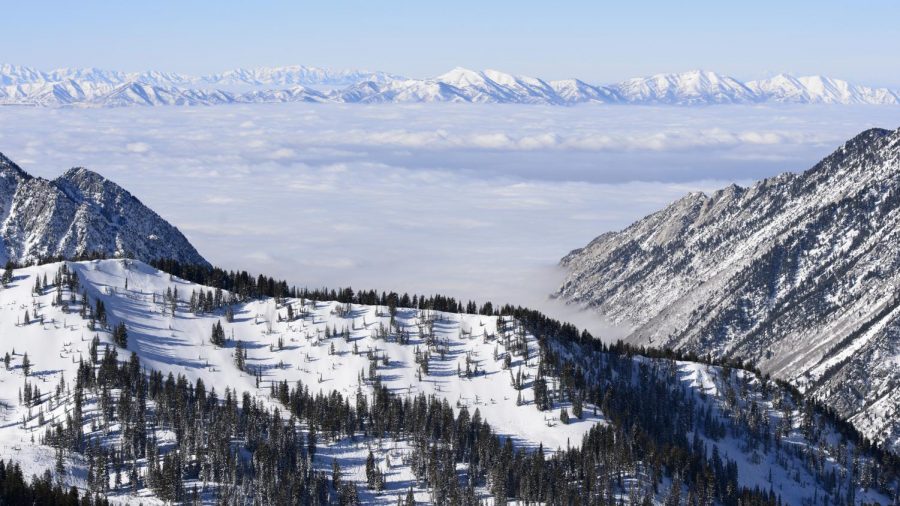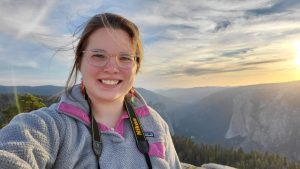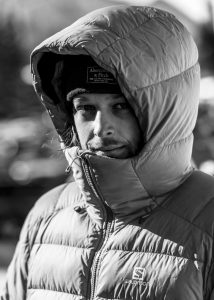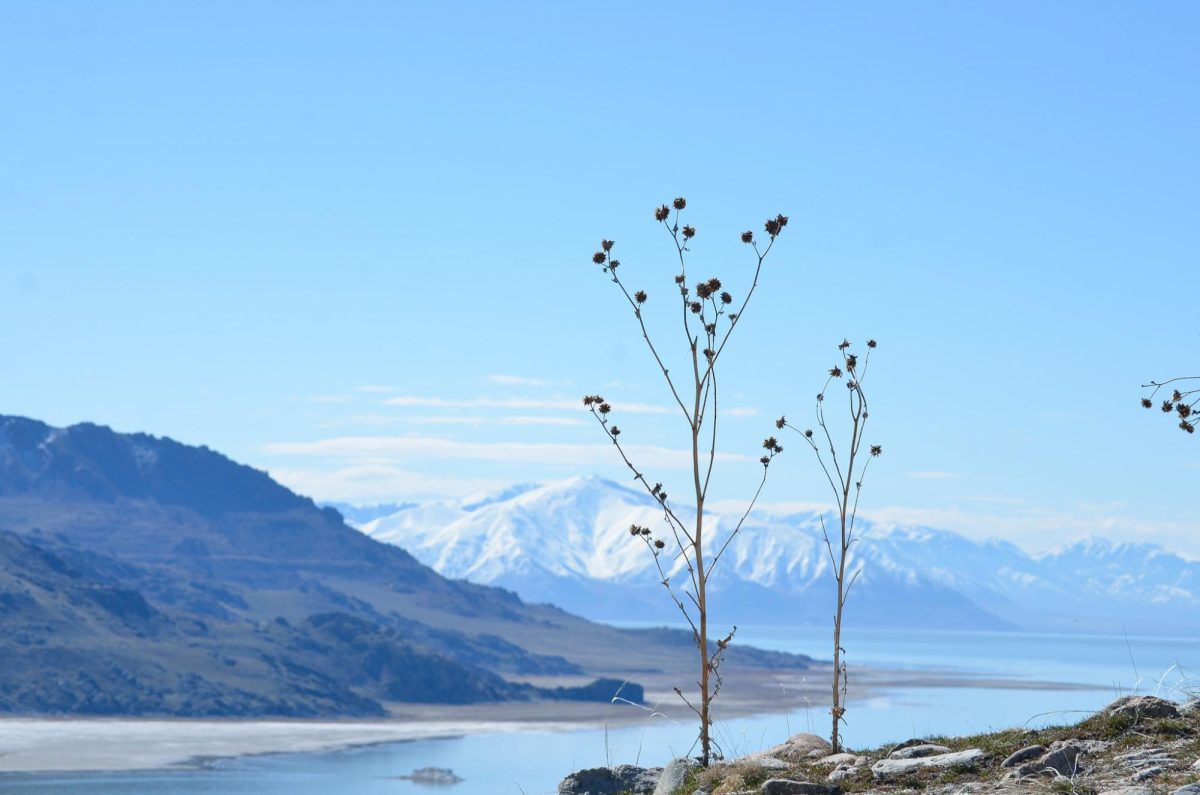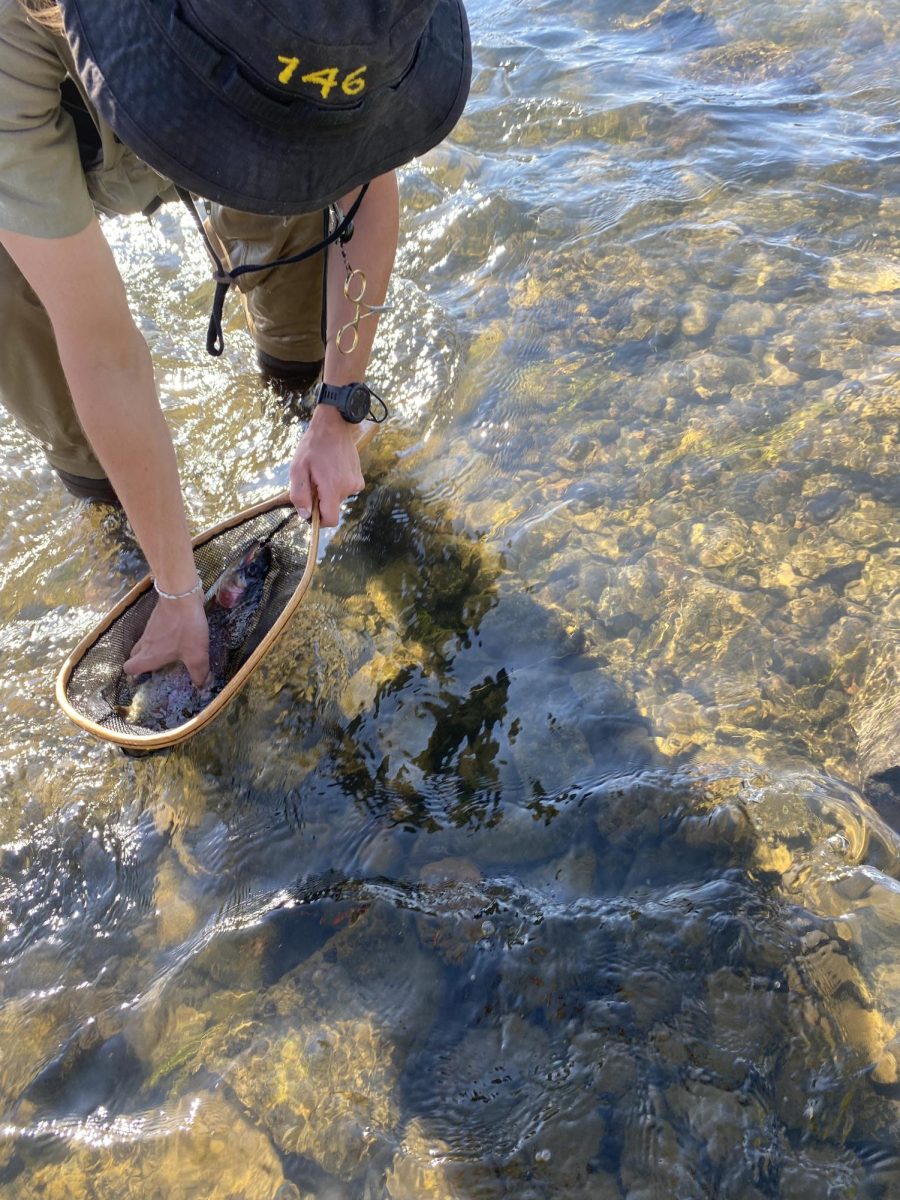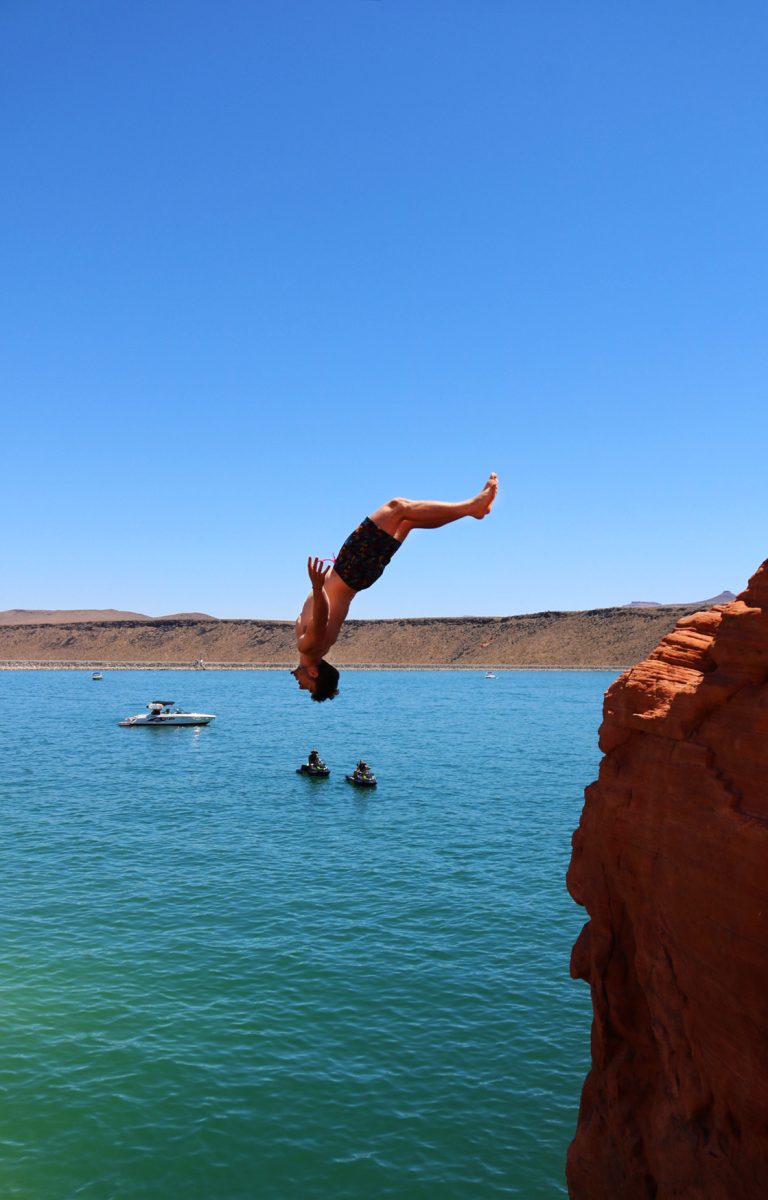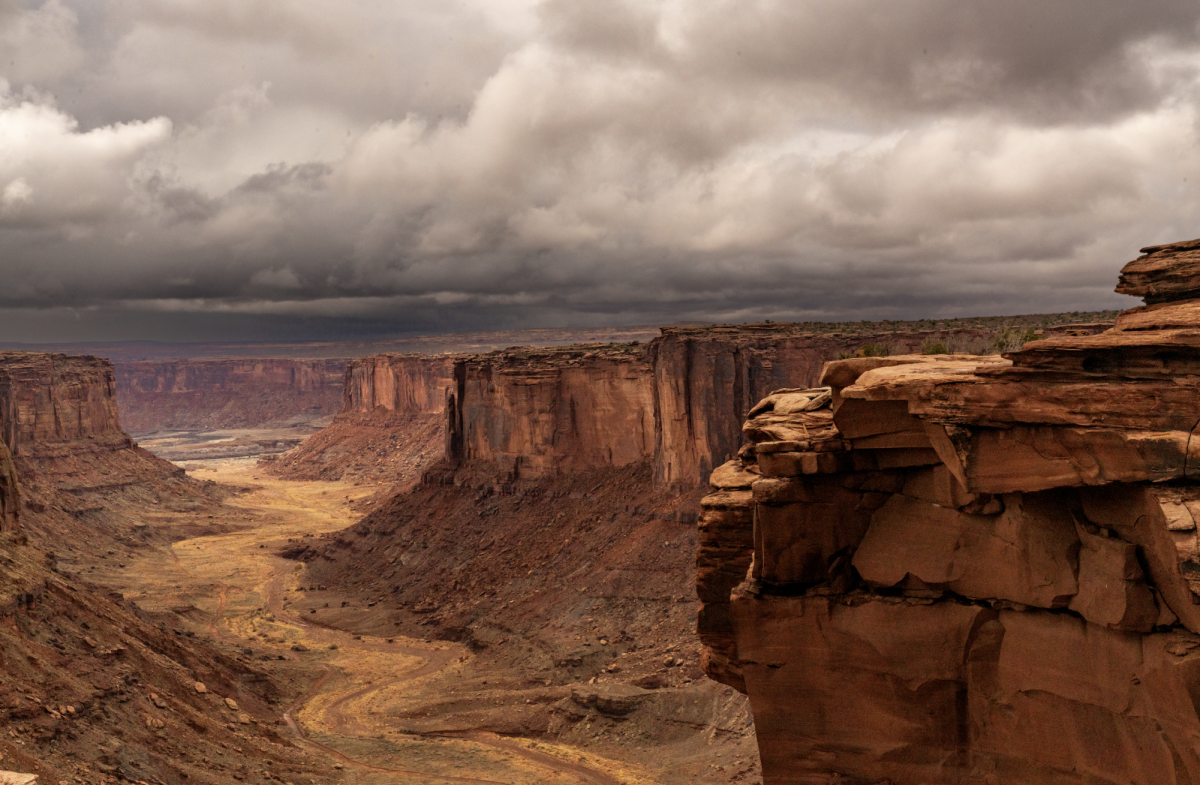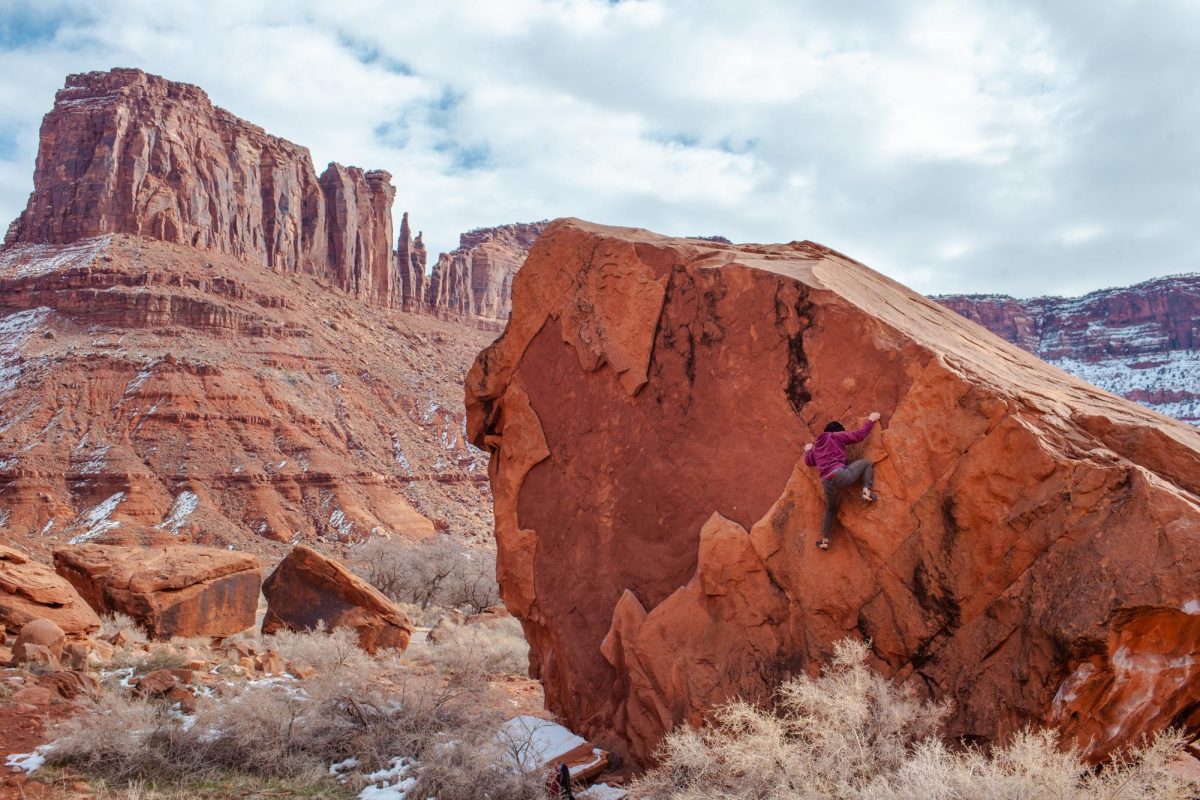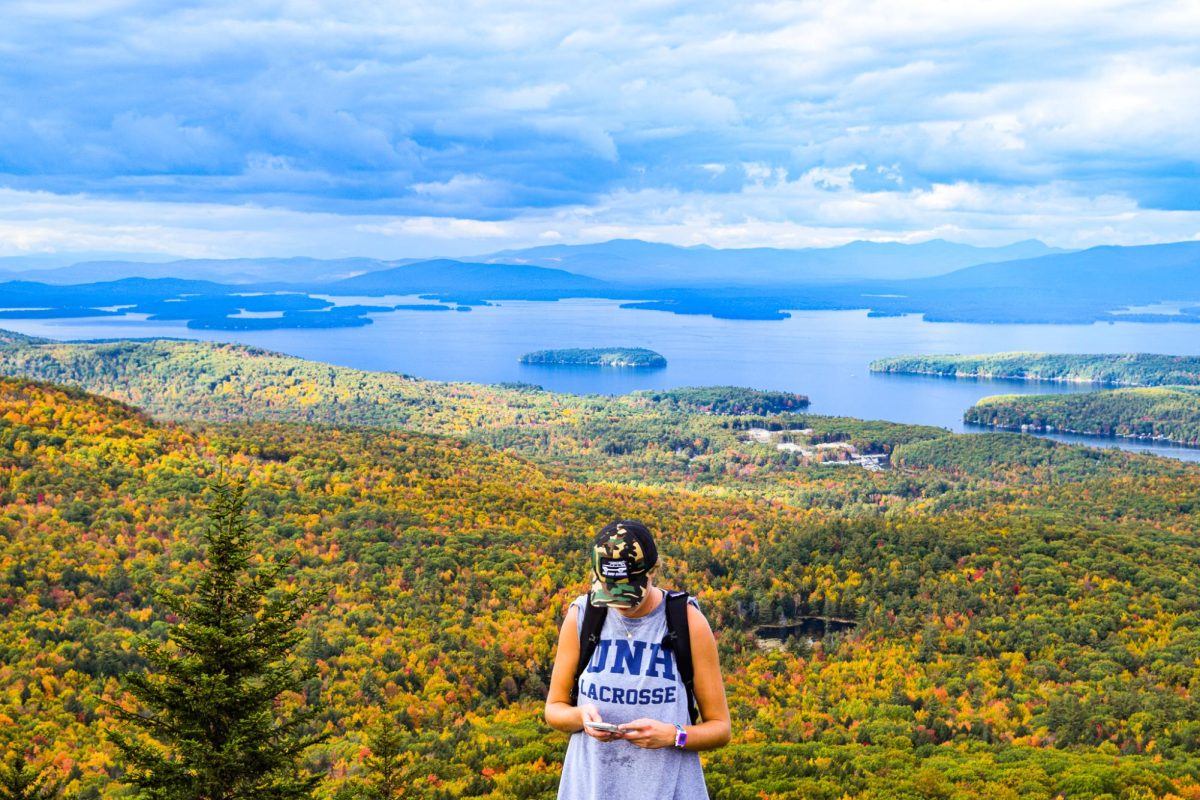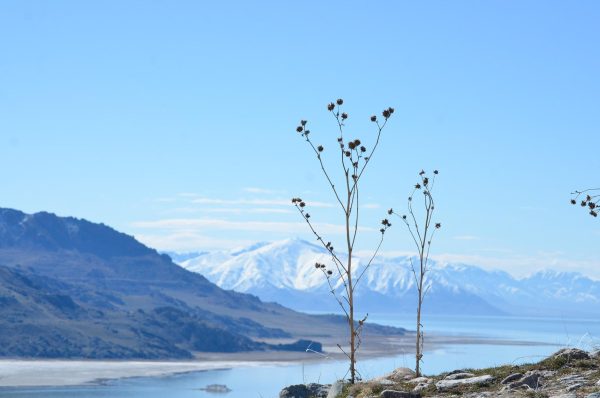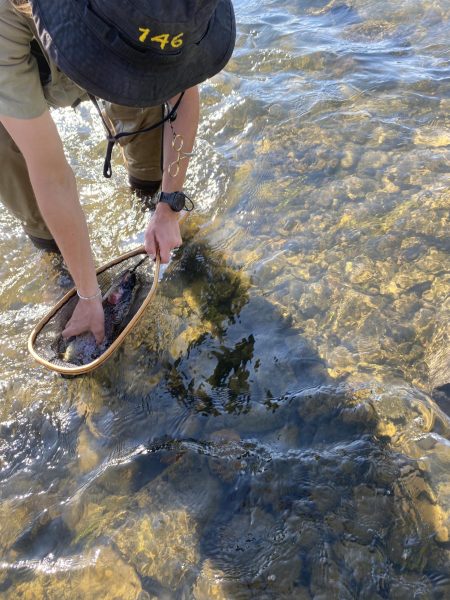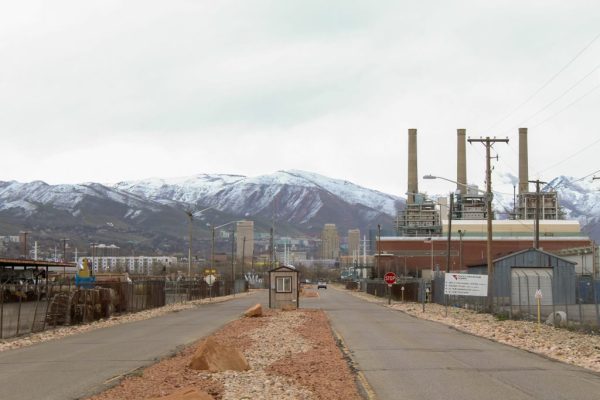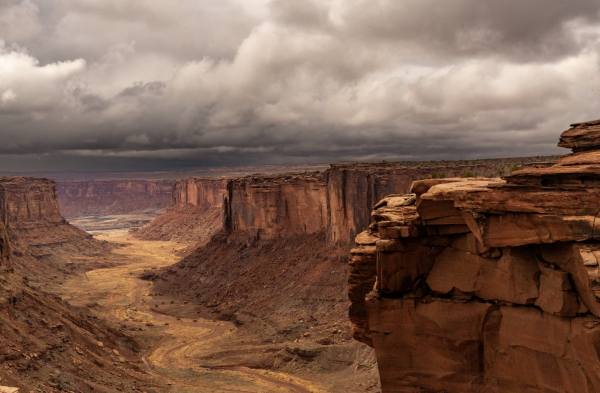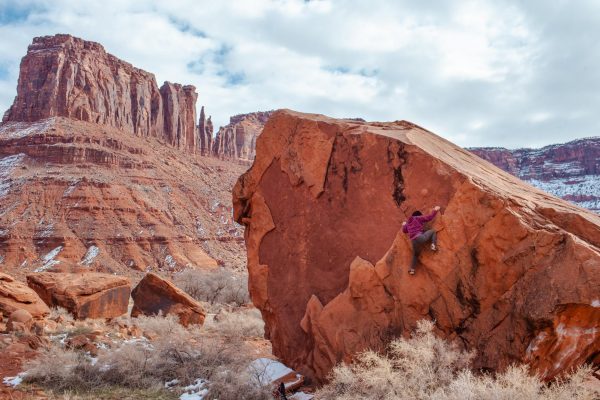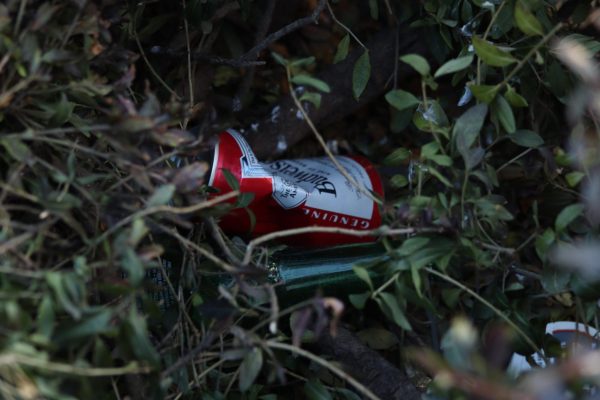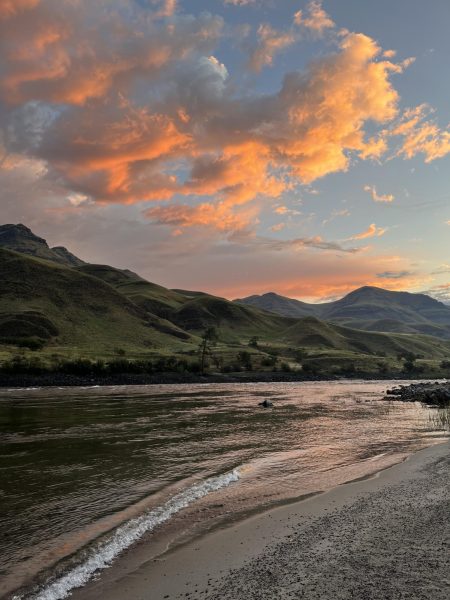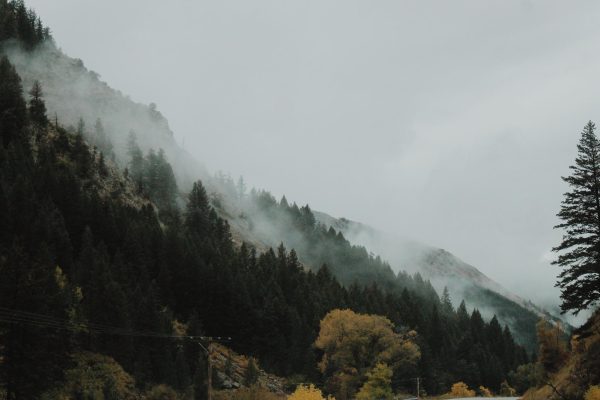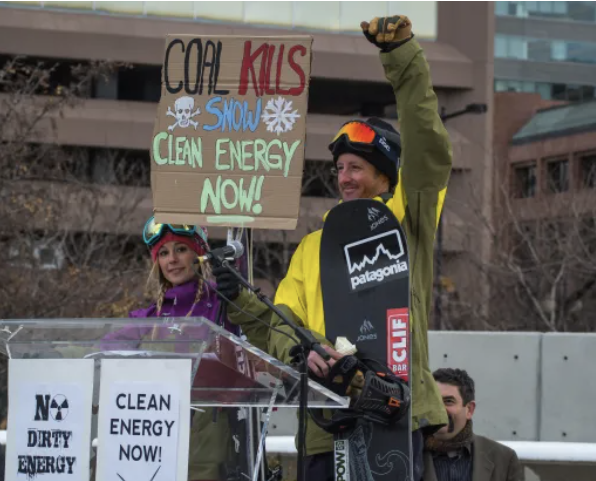Why are Utahns Still Breathing Bad Air?
Photo by Peter Creveling
October 19, 2019
One of my least favorite parts about skiing in Utah is going back to the valley. Yes, it’s hard to get off the slopes after a particularly good powder day, but even more than that, it’s hard to pass back through the layer of smog and know that the air I’m breathing isn’t all mountain fresh. As I make my way toward Salt Lake, I think about what dirty air is doing to my lungs, and it dulls my post-skiing euphoria.
When we breathe, we draw air into our lungs using muscle contractions. Our lungs are made up of small balloons of air called alveoli, and when we breathe in, we blow up hundreds of millions of these tiny balloons. As our lungs inflate, those balloons of air get close enough to our blood that oxygen can get pulled into our bodies and carbon dioxide can move back out. When we exhale, the balloons of air contract back down, expelling carbon dioxide out of our lungs.
The oxygen we breathe helps us create the energy our bodies need to run, hike, ski and live, so it’s essential that our lungs work well. The air we breathe is a mix of gases and small particles, like dust and pollen, that can sometimes interfere with effective breathing. To protect our lung function, our bodies have many built-in methods of catching these small particles before they get to the delicate alveoli in our lungs: nose hairs that obstruct particles from getting in, mucus in the first big pathways in the lungs that trap particles and cells that chew up and neutralize particles.
These methods, however, don’t always work perfectly. Very small particles (notated as PM 2.5, or having a diameter ≤2.5 micrometers), like the ones found at high levels in our winter inversion and summer wildfire seasons, have an easier time making it past those defense mechanisms and deeper into our lungs. When particles make it to the sensitive alveoli, they can cause irritation and inflammation that make it harder to breathe. Over time we can usually replace our cells and fix the damage inflammation causes, but when we’re regularly exposed to very small particles, our lungs don’t have as much time to recover and keep up with the repairs, which can cause short-term breathing problems and long-term lung disease.
Any problems we have breathing due to fine particles are exacerbated during outdoor exercise. When we exercise, we increase how much we breathe in and how often. This can speed the process of irritating our lungs when there are high levels of particulates in the air. Physicians often warn against exercise outside on days when the level of particles is very high (or “red air-quality”) for this reason, especially for people with already reduced lung function, like those with asthma or cystic fibrosis.
So, how do we care for our lungs in Salt Lake when the inversion sets in, but still enjoy all the outdoor activities our city has to offer? Start by keeping track of the PM 2.5 levels, which can be easily found from the many places which monitor them around Utah (air.utah.gov is a good place to start). Avoiding high PM 2.5 level days for outdoor exercise and alternating between outdoor and indoor exercise to give our lungs time to recover from particulate exposure are both good strategies.
Exercising at higher altitudes above most of that smog cloud can help you get in a workout without too much exposure to particulate matter. Indoor air filters can be a good idea too if you’re noticing lung irritation on high PM 2.5 days and they can give your lungs some relief after outdoor exercise. Face masks, while not usually comfortable to wear during exercise, can be worn for protection from air pollution but should be rated to block out particles as small as possible and should fit well to prevent air leakage (not just any surgical face mask will help). Of course, there are also broad things that we personally can do to reduce air pollution in Salt Lake, including using public transportation and less energy in our homes, especially when the particulate levels are already high.
Air pollution is a fact of life here in Salt Lake, but that doesn’t mean we have to let it completely limit our enjoyment of the outdoors. There’s no solution that will completely protect our lungs from exposure to particulate pollution, but being more conscious of our changing environment can help us adapt with it. Good lung function is vital to good health, so being aware of the environmental factors that influence our lungs can help us take an active role in protecting our lung function and help us make choices to help everyone breathe easier.

